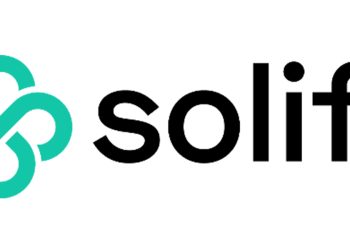The sector is expected to reach revenues of $12.2 billion by 2030, finds Frost & Sullivan
Santa Clara, Calif. – February 8, 2021 – Many cities around the world are planning for, purchasing, and bringing online their SmartSafe City programs and technology systems to integrate their public safety, health, city services, and citizen engagement capabilities to better serve and safeguard citizens. Frost & Sullivan’s recent analysis finds that the SmartSafe City solutions sector is expected to reach a market value of $12.2 billion by 2030, from $10.6 billion in 2019, driven by an increase in demand for digital threat remediation measures. Technologies used in these SmartSafe systems fit into three broader categories: observation, remediation, and protection solutions. Cities can plan the best operational structures for their programs to operate within by finding the best balance of the three technology solution types, coupled with agency manpower and security operations personnel.
For further information on this analysis or to schedule an interview with the expert, please contact Francesca Valente: [email protected]
“These programs not only bring together the operations of multiple city departments and agencies but also look to integrate a host of technology solutions that can help augment public safety activities and inform better decision making and event response,” said Danielle VanZandt, Industry Analyst, Frost & Sullivan. “Rapid digitalization, a need for more real-time analysis, and information on public safety operations have driven the march forward for many SmartSafe City programs across the world. The pandemic has highlighted the need for an effective public safety response to multi-faceted incidents, ones which require multi-agency collaboration within a city environment to ensure the health and safety of citizens.”
VanZandt added: “The Asia-Pacific region holds some of the most mature SmartSafe City programs in the world and will see the highest spending growth rate globally until 2030. North America will see some short-term growth due to new technology purchases, such as data analytics, digital platforms, and touchless access controls systems, to meet new public health requirements arising from COVID-19. In the Middle East, much of the current spending will be on ‘observation’ technologies in preparation for the 2022 FIFA World Cup and to enhance public health response to the pandemic.”
For further revenue opportunities, market participants should explore these strategic recommendations:
- Cloud System Migration: Vendors that can emphasize the multiple capabilities available within a cloud offering—such as multiple analysis capabilities, data synthesis, reduced storage capacity, and accessibility to data outside of the command center—will find cities and law enforcement agencies more willing to embrace the cloud model. They can do this through a total cloud solution upgrade or a shift to a hybrid-cloud model that allows for cloud capabilities while remaining connected to an existing command center or real-time crime center.
- Digitalization of Legacy Processes: Digital solution vendors looking to engage with public safety agencies need to work with the end-user to determine whether an open integration with legacy systems is most feasible for the agency or whether a total solution upgrade will be necessary. Emphasizing the need to break down data silos and integrating all the investigative data will help determine an agency’s path.
- Automated Processing and Analysis for Incident Detection and Response: When designing new analysis capabilities, vendors should first look at the analytics tools already put in place by a city and create risk-scoring criteria that can better identify incidents or suspicious activities and then rank them according to prioritization levels. Vendors should also ensure that these risk-scoring criteria can be updated as city priorities or threat vectors change over time.
Rising Technical Sophistication Improving Mission Efficiency for the Transformed Global SmartSafe City Solutions Market, 2030 is part of Frost & Sullivan’s global Security Growth Partnership Service program.
About Frost & Sullivan
For six decades, Frost & Sullivan has been world-renowned for its role in helping investors, corporate leaders and governments navigate economic changes and identify disruptive technologies, Mega Trends, new business models and companies to action, resulting in a continuous flow of growth opportunities to drive future success. Contact us: Start the discussion.





